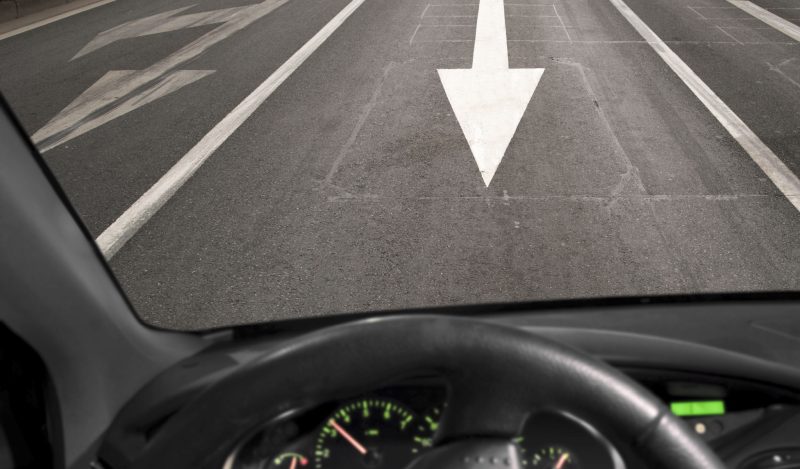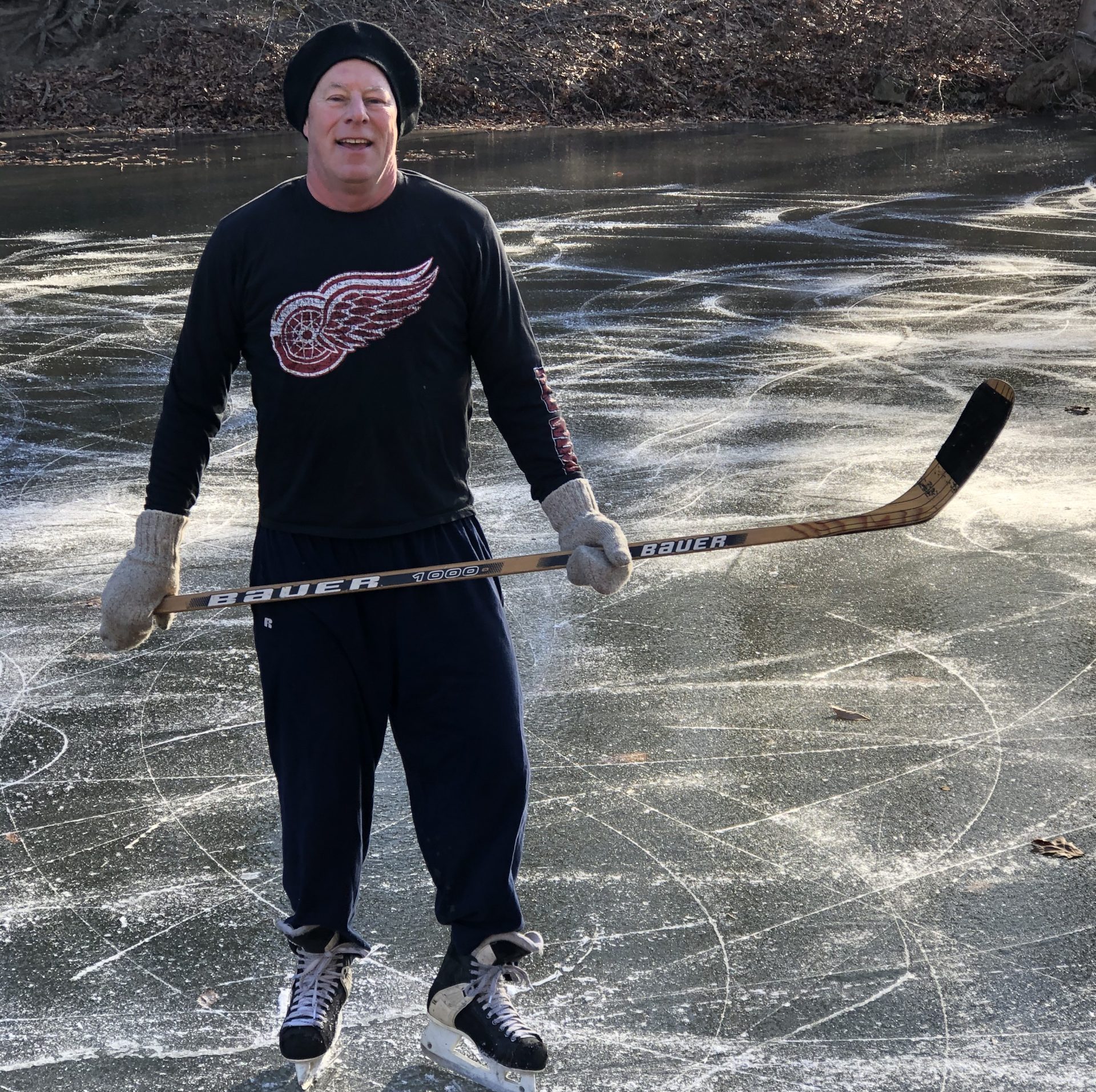During law school, Professor Alan Hyde, whose office adjoined that of a professor for whom I did research, displayed a multi-paneled Sunday cartoon on his door. The cartoon depicted two students at adjacent desks with their heads down, feverishly taking notes as an unseen professor makes a series of increasingly outlandish statements, one in each panel. The prof is implicitly mocking the students for their credulous passivity.
In the final panel, without looking up and while still writing, the student on the left whispers to his classmate, “This stuff is great! I didn’t know any of it!”
Head still down, and still also writing, his classmate responds, “Me neither!”
Many people unquestioningly treat “experts,” doctors,’ teachers’ or authors’ statements as truth. Information consumers think that watching the news, going to class or reading makes them smarter. But it depends on who’s broadcasting, doctoring, teaching or writing. Bad information can send people 180 degrees in the wrong direction. From there, inertia and stubbornness make them continue on that false path; they invested time in their initial learning foray and don’t want to believe that the time was wasted.
The media has misinformed the populace throughout the Scamdemic. It’s almost as if they were in on some conspiracy.
Wait, do ya think?
Joe Nocera’s and Bethany McLean’s recently-released 423-page book, The Big Fail: What the Pandemic Revealed About Who America Protects and Who it Leaves Behind, exemplifies such media misdirection and also suggests a conspiracy, though of a different sort than I might see.
The Big Fail is a desultory mix of multi-topic chronologies, insider anecdotes, interview-derived snippets and politically correct, conclusory and mistaken commentary. This book is aptly titled: it is a Big Fail. Reading it is a no-win proposition. If you believe the book’s content, you’ll be less well-informed than you were prior to reading it. If, instead, you perceive the book’s falsehoods, disorganized digressions and omissions, reading The Big Fail will frustrate and anger you.
The authors’ “central tenet” is the contemptible, compound lie that “We couldn’t have responded better” to SARS-CoV-2 because “We didn’t know enough about this particular virus” and because “viruses are tricksters.”
Really? “Tricksters?”
And to which “We” do they refer?
Fundamentally, the authors insist that “no one got the Covid response right” and that we must do better to stop the Next Big One, which they—but not I—see as certain.
I strongly disagree that everyone got the Covid response wrong. One subgroup of “We”—the one that included me and many others— correctly observed and argued, in mid-March, 2020, that we shouldn’t restructure society over a virus that had a very distinct, limited risk profile: 99.97% those healthy and under 50 would survive even if infected, as would 99.8% of those under 70 and nearly as many above that age. Those who, like Nocera and McLean, claim or suggest that these core facts weren’t known in March, 2020 disqualify themselves from serious consideration.
Those who ostensibly died with Covid were already going to die then or soon thereafter, virus or no virus. Thus, none of the very disruptive non-pharmaceutical interventions (“NPIs”): lockdowns, closures, mask and tests justified the harm they caused. Nor, later, did mass “vaccination.”
These were very easy calls. The commission of such basic errors reveals that NPI and vaxx-pushing governments had objectives other than the advancement of public health.
As an example of the appropriateness of viral uncertainty, the authors begin the book by stating that, even after nearly four years, there remains a split of opinion regarding mask effectiveness: some say masks prevent infection, others say they don’t. To the authors, to mask or not is a po-tay-to, po-tah-to draw.
Yet, in addition to the many studies concluding that masks fail, basic Biology and logic compel the same, anti-mask conclusion. People need to inhale a fixed amount of oxygen to survive. Whether the air containing that oxygen passes through the spaces in mask material, or around a mask, viruses are sufficiently small that they will travel, via the requisite quantity of air, into respiratory tracts.
If masks worked, no one who wore masks would have been infected. But millions of maskers were infected. And many non-maskers would have gotten sick. But many non-maskers, including my wife and I, never got that infection that needlessly terrified so many. If we had, we’d certainly have survived, as did nearly every reasonably healthy person under 80, and nearly every person over that age.
Those who superstitiously believed that masks blocked unimaginably tiny viruses should have let those who wanted to wear them, do so, and those who didn’t want to, to take their chances. Pro-maskers should have been confident in the protection their beloved masks provided and happy to see non-maskers perish; maskers could have danced (poorly) on non-maskers’ graves and trolled us on Twitter.
Nonetheless, The Big Fail’s authors spend dozens of pages criticizing governments and industry for failing to timely provide all of the needed PPE: masks and—for heaven’s sake—gloves and gowns. But given the facts stated above, prompt, universal deployment of masks wouldn’t have changed Covid outcomes.
After discussing PPE shortages, the authors bemoan the shortage of tests. In so doing, they never explain how testing and tracing might have stopped the transmission of a respiratory virus; they couldn’t do so, because test-and-trace was always conceptually and practically untenable—as I explained in a January 20, 2022 post— despite its astronomical aggregate cost. The tests were also worthless because high-cycle PCR wildly overstates the number of infections. The authors never reckon with the tests’ basic limitations; they seem unaware of these and naively accept, at face value, case and death statistics derived from these tests.
Nocera and McLean might have also complained, as did such officials as Andrew Cuomo, of March-May, 2020 ventilator shortages. But the authors declined to do so, perhaps because it soon became known that the initially-vaunted ventilators killed many patients.
The authors include several long, scarcely relevant chapters about hospital and nursing home financing. These chapters feel like repurposed sections of their previously-published writings. In these chapters, the authors maintain that private equity firms’ acquisition of hospitals and nursing homes caused understaffing and neglect of low-income patients, thus spurring “Covid deaths.”
But overcrowding was rare. Nearly all hospitals were so lightly used during 2020 that the federal government had to give hospitals tens of billions in subsidies to keep them open. And nearly everyone who ostensibly died with Covid was already very old or in poor health. There’s only so much that a hospital can do to slightly lengthen such peoples’ lives. Further, in many hospitals, staffs intervened harmfully, using ventilators, Remdesivir and powerful sedatives, which accelerated death.
Moreover, the authors’ politically correct, socialized medicine angle disregards the role of obesity and diabetes in ostensible “Covid deaths” and that Covid medical protocols indiscriminately killed even privately-insured people in a variety of hospitals. Further, the authors seem not to know that most physicians ignored highly effective, low-cost protocols including steroids, antibiotics, other off-label drugs and over-the-counter supplements.
But why let facts interfere with a good PC rant?
Beyond the misplaced mask/test supply chain and medical industry finance/understaffing theme, the authors dramatically portray the pseudo-apocalyptic early days of “The Pandemic.” In so doing, they suggest that our government could have stopped the crisis in its tracks but didn’t because it got caught off-guard and was derailed by politics and internal squabbles.
The authors’ overall focus on incompetence, inefficiency, reckless capitalism and patient neglect plays to liberal readers’ Holy Grail fantasies of “good government” and “public/private partnerships.” But the authors’ misfocus on acquiring and distributing masks, administering tests, lockdown delays and hospital and nursing home finance destroys their overall credibility. Universal application of a superabundance of tests and masks and nurses and earlier, tighter, longer lockdowns wouldn’t have improved Covid outcomes. These interventions were of low, or negative, value.
Focusing on unpreparedness and incompetence misses the point. To the extent these problems exist, they have little or nothing to do with the Covid responses that hurt hundreds of millions of people, namely lockdowns, school closures, masking and mass injections. The authors fail to confront the core reality that the Scamdemic was a medical and governmental overreaction, not an underreaction.
After all of the vaxx failure, the authors astoundingly and resoundingly declare that Operation Warp Speed was one example of how government and private industry partnered and “got it right.” They assert that the shots kept many out of hospitals and saved hundreds of thousands of lives. In support of this net opinion, they drop only a footnote to one, untitled NIH study concluding that the shots “saved 140,000 lives.”
Given the lack of a link/citation, the methodology of this study can’t be evaluated. But seeing how dishonest the NIH has been over the past four years, this finding seems self-serving and dubious. Federal government officials had previously guaranteed that the shots would stop infection, spread and hospitalization. The authors fail to support their hospitalization-prevention claims. There is much contrary anecdotal evidence: many thousands of vaxxers have been hospitalized and have died with Covid. Many more injectors, both old and less old, have died prematurely of other causes.
The lack of knowledge and detail regarding the shots typifies the book’s general lack of rigor. The authors repeatedly assert opinion as fact and fail to supply data to support their conclusions. The book contains near-zero citations, or even an index that would enable cross-referencing. Much of the book’s content derives from the over 100 interviews the authors claim to have conducted.
The Big Fail’s best two chapters loosely describe how trillions in government Covid aid found their way into the bank accounts of billionaires or enabled the rich to purchase other big assets and swelled their stock portfolios. This massive wealth transfer from the non-rich to the rich is a done deal; billionaires won’t disgorge this windfall.
Ultimately, the authors properly observe that the lockdowns made no sense and that closing schools hurt kids badly. But this should have been foreseen from Day 1. What were the Big Fail’s authors and similarly-situated others saying 45 months ago, when it mattered?
Republished from the author’s Substack
Join the conversation:

Published under a Creative Commons Attribution 4.0 International License
For reprints, please set the canonical link back to the original Brownstone Institute Article and Author.









